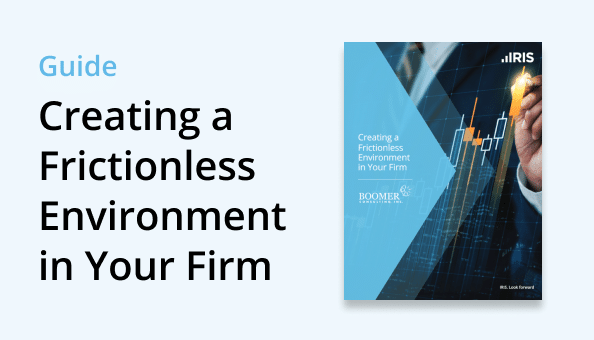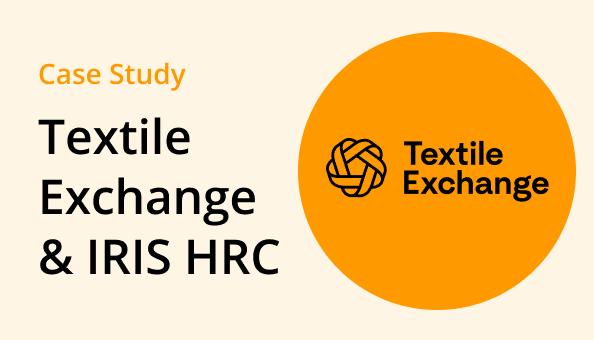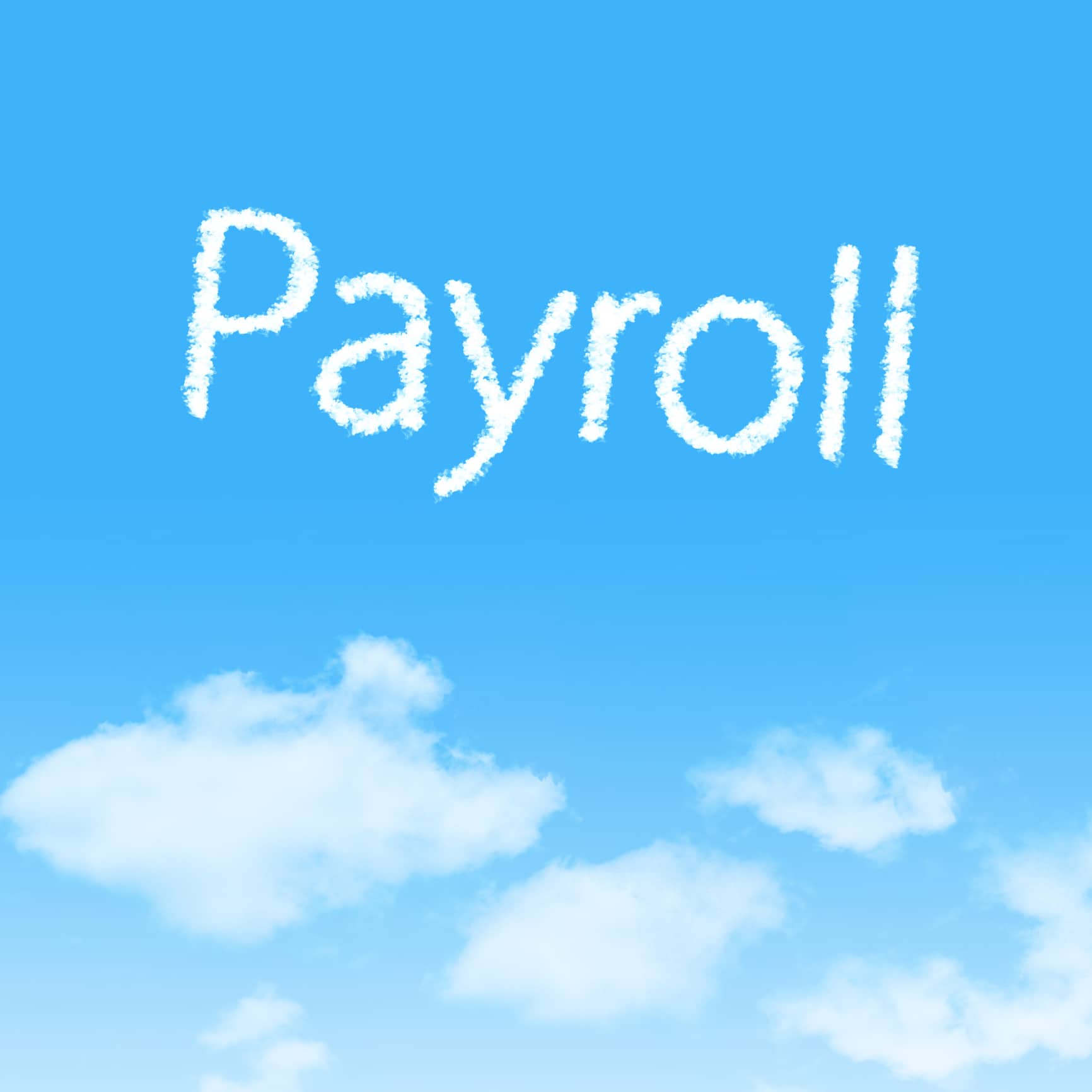BLOGS
Identifying Embedded Leases Under ASC 842

Every accounting standard has its own set of challenges, but there’s one aspect of all of the guidelines relating to ASC 842 that is especially challenging and that is the issue of addressing embedded leases.
An embedded lease, a term not defined in either ASC 842 or IFRS 16, refers to the components of a contract that identify assets that can be used, assets that can be controlled, and how those assets can be used and controlled.
Under ASC 842 the definition of a lease isn’t much different from that under ASC 840 but there will be a need for businesses to be more diligent in separating out the non-lease elements of any lease contracts and the lease elements of their service contracts.
The requirement to search for and identify embedded leases was set out in ASC 840 and under this guidance, service contracts whether they did or didn’t contain leases were expensed from an accounting perspective just as operating leases were. Essentially there was little impact on the financial statements of failing to identify an embedded lease and account for it separately but under ASC 842, The Financial Accounting Standards Board’s (FASB’s) new lease standard there is a requirement for many such leases, previously expensed to be recorded on the balance sheet, which may then result in a material effect on the financial statements and indeed the financial status of affected businesses.
Most businesses lease, whether equipment, property or vehicles and FASB’s new lease accounting rules went into effect for public business entities for fiscal years beginning after December 15, 2018 (i.e., January 1, 2019 for calendar year-end companies) and will go into effect for all other entities for fiscal years beginning after December 15, 2021 (i.e., January 1, 2022 for calendar year-end entities).
If the exercise of searching for embedded leases has not already begun, then a good start is to consider where those “leases” could be hiding – a few examples include:
- Joint operating agreements such as with drilling rigs
- Promotion and Advertising contracts – dedicated billboards
- Transportation and delivery services – dedicated railway rolling stock
- IT service contracts – dedicated servers at external data centers
- Cable and satellite service commitments – dedicated set-top boxes or dishes
When investigating such contracts bear in mind when analyzing and assessing the presence of an embedded lease –
- Not every lease contract will contain the word “lease”.
- Is there an identifiable asset in the contract?
- Is there a right to obtain substantially all of the identified asset’s economic benefits?
- Is there a right to direct the use of the identified asset?
- If the answer to any of 2, 3 or 4 is “no” then no lease exists but otherwise, a lease does exist.
- A lease exists if the contract conveys the right to control the use of an identified asset over a period for consideration.
- That asset may include plant, property, vehicles or equipment.
- Embedded leases will be found in contracts covering “larger arrangements” such as those highlighted above.
Look for these indicators when identifying an asset –
- The supplier of the service is prohibited from using another asset.
- In a storage contract, rack space is dedicated to the client.
- There is no asset substitution option in the contract for the supplier
- The service agreement requires dedicated equipment such as servers, pipelines, microwave dishes in order for the supplier to fulfill the contractual obligations.
Summary
Identifying embedded leases requires judgement and a deep understanding of the business. In the future businesses will need to check contracts for embedded leases each time agreements are entered into or modified to ensure any necessary disclosures are calculated and declared. The challenge for many businesses regarding these lease components is that
- they will inevitably fall outside of the internal standard lease identification process.
- they are faced with restatement and internal control risk if they do fail to identify and properly account for any agreements with embedded lease components.
Involve all areas of the business – IT, procurement, legal, engineering, manufacturing, estate and fleet management as well as finance. Embedded leases will often include variable lease costs, a required lessee disclosure.
Regarding the accounting issues for embedded leases, once the contracts have been identified, businesses will need to value the lease element and allocate consideration to the lease and non-lease components of the contract. Allocating that consideration is too often overlooked within the lease accounting process, but in order to comply with the new ASC 842 guidelines it must be done and the “right of use” asset and its associated liabilities must appear on the balance sheet. Narrative disclosures, weighted average lease term, and weighted average Incremental Borrowing Rate may all be impacted by accounting for embedded leases.
FASB did include a practical expedient in ASC 842 which if opted for allows businesses to not redetermine a lease contract, giving them the opportunity to not re-evaluate the population of identified leases contracts. But and there is always a but, there is a very big caveat. That caveat is a direction that errors cannot be grandfathered, meaning that by adopting this practical expedient, a business need not re-evaluate under ASC 842 any known identified embedded lease agreements, as long as they were properly identified and accounted for under ASC 840. The issue is how do you know there are no errors without reviewing all your service contracts? Catch 22 or catch 842?
To help simplify the treatment of lease and non-lease components organisations are encouraged to consider lease accounting software that is capable of performing the necessary accounting treatments for you today and going forward. One such solution is Innervision’s LOIS Lease Accounting – contact us for a free demo.
Disclaimer: this article contains general information about the new lease accounting standards only and should NOT be viewed in any way as professional advice or service. The Publisher will not be responsible for any losses or damages of any kind incurred by the reader whether directly or indirectly arising from the use of the information found within this article.












